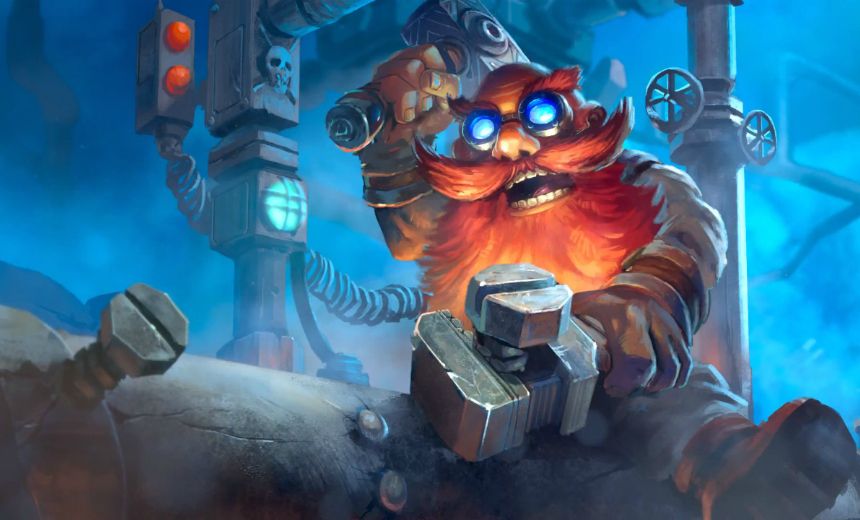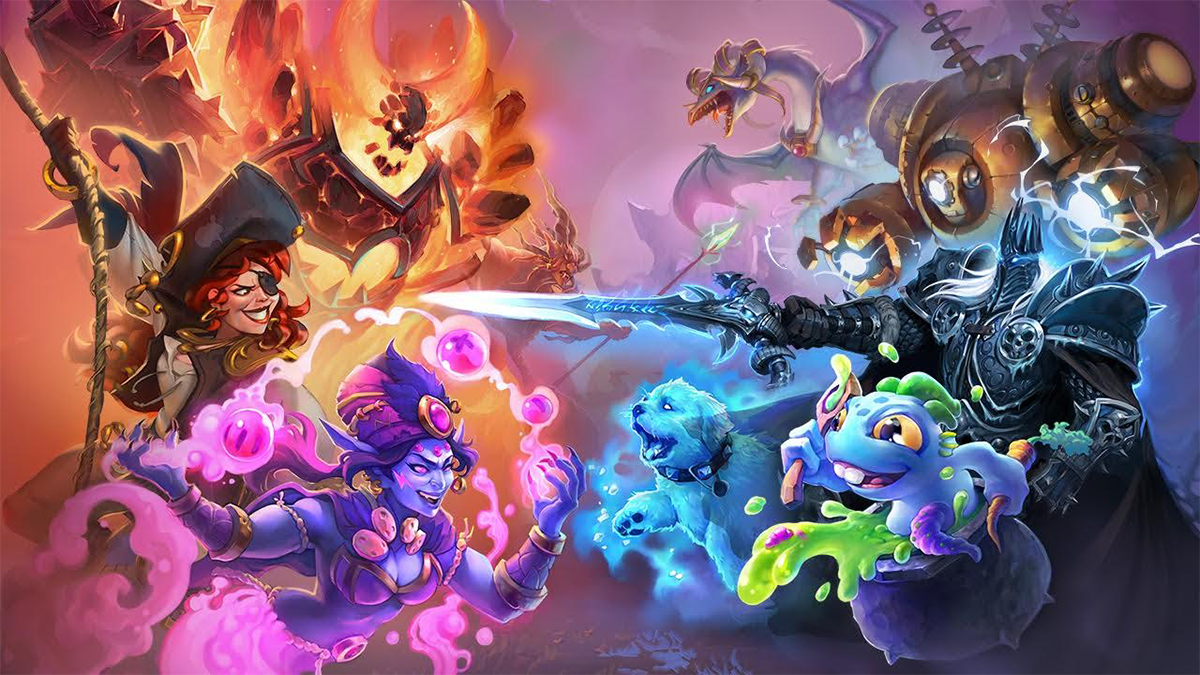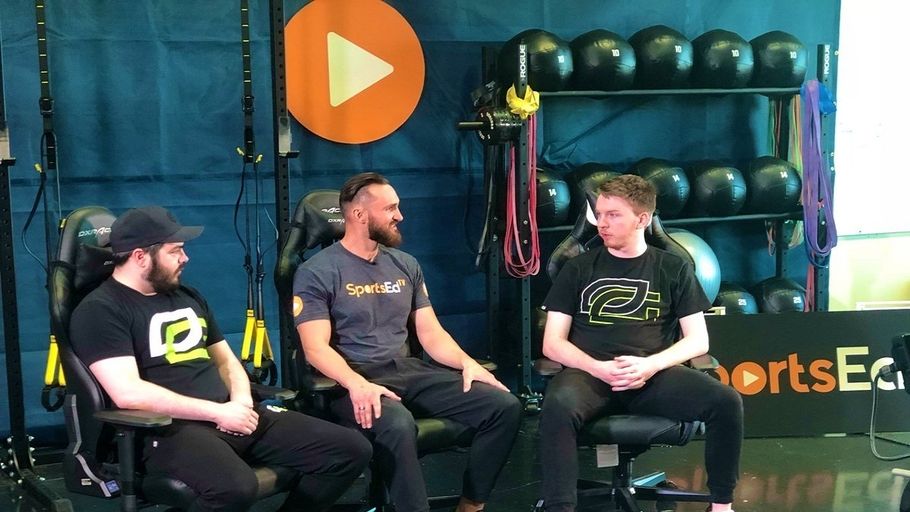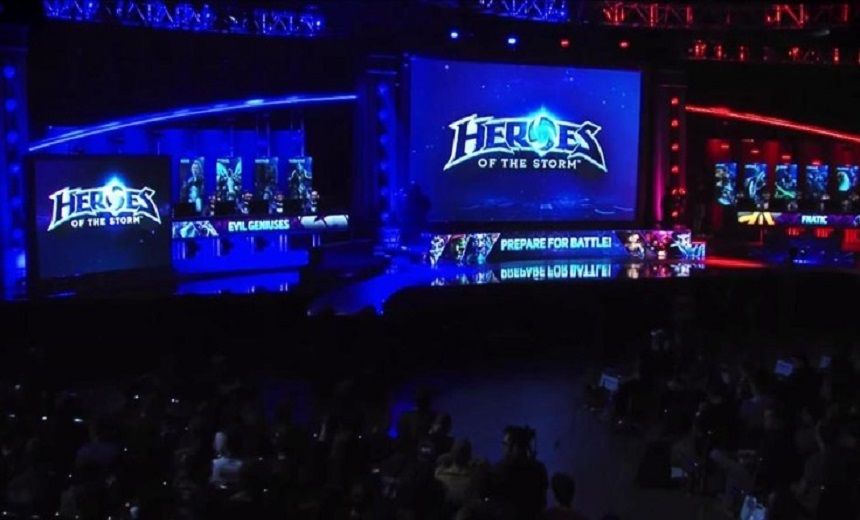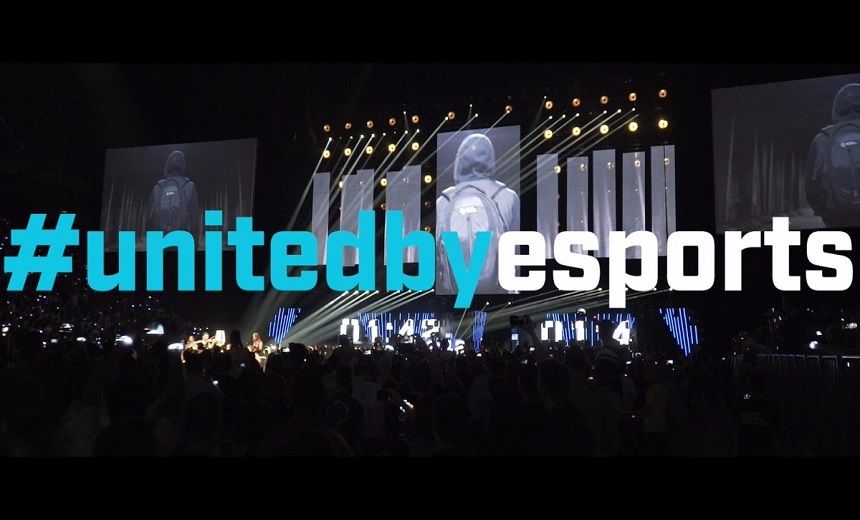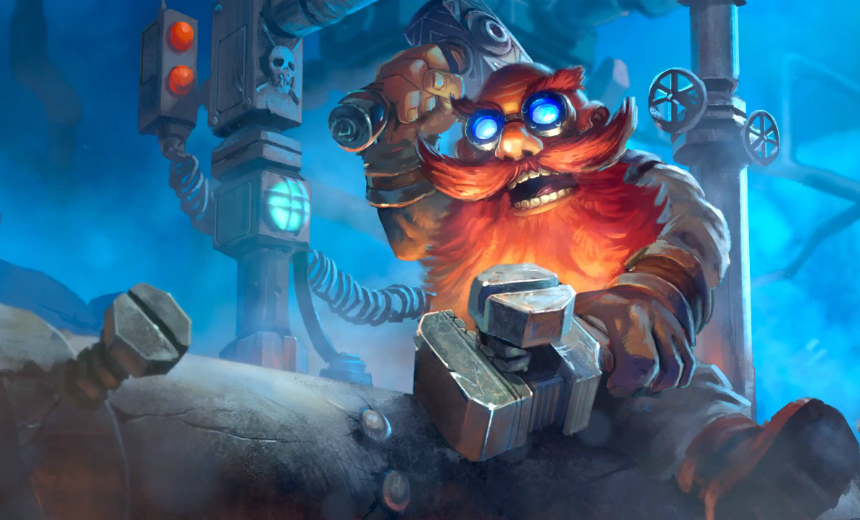
Rarely is the Hearthstone community more active than just prior to a new expansion’s launch. First, Blizzard posts some hints regarding the expansion's theme, be it through blog posts, Twitter hints or something new they’ve come up with. Then the announcement stream or video follows (preceded by the infamous announcement-announcing post), on which some of the new cards are shown. From there, websites and other community members will get to reveal the new cards one by one, until the expansion finally goes live.
During this process every card is examined and evaluated thoroughly by the community. This causes some hilarious predictions in hindsight, with one classic example being when the majority of the community completely overlooked [card]Dr Boom[/card] – which turned out to be one of the most oppressive legendaries to ever exist in the game – and wrote off [card]Spirit Claws[/card] which, before its nerf, was a Shaman staple. On the opposite side of the spectrum sits [card]Troggzor the Earthinator[/card], a card which some said would be as strong as [card]Loatheb[/card], but ultimately saw play in zero competitive decks.
However, aside from some hindsight hilarity, the arrival of a new expansion can also give birth to emotional responses. The card that, without a doubt, has caused the most turmoil upon its reveal is [card]Purify[/card]. When it was shown, Priest was in the absolute pits, seeing play only 3.58% of the time according to Vicious Syndicate’s Data Reaper Report.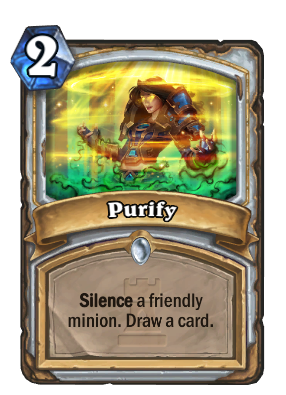 The class relied on One Night in Karazhan to gain something of a boost, but received an overcosted draw mechanic which had the downside of making most of your minions worse. Nowadays [card]Purify[/card] plays a key role in Silence Priest, an archetype made possible with the release of [card]Lyra the Sunshard[/card], [card]Shadow Visions[/card], [card]Humongous Razorleaf[/card] and [card]Radiant Elemental[/card] – all of which were in the Journey to Un’Goro expansion.
The class relied on One Night in Karazhan to gain something of a boost, but received an overcosted draw mechanic which had the downside of making most of your minions worse. Nowadays [card]Purify[/card] plays a key role in Silence Priest, an archetype made possible with the release of [card]Lyra the Sunshard[/card], [card]Shadow Visions[/card], [card]Humongous Razorleaf[/card] and [card]Radiant Elemental[/card] – all of which were in the Journey to Un’Goro expansion.
But [card]Purify[/card] would still have served a design purpose even if those four Un’Goro cards weren’t already in the developers’ minds when [card]Purify[/card] came out. In fact, the majority of cards in any TCG or CCG that don’t see play in top-level decks serve a purpose that might not be obvious for everyone playing the game. Because aside from keeping [card]Evolve[/card]/[card]Devolve[/card] and Discover effects in mind, developers have to consider another important aspect: keeping the game appealing for different types of players. Not the types of players in a sense of ‘Ladder players’ and ‘Arena players’, but types as in: “What does this player want from a card game?”
This is where three of the most well-known names in card game design show up: Timmy, Johnny, and Spike. These three names embody three psychographic profiles, distinguished and created by Magic: The Gathering’s Head Designer Mark Rosewater in a blog, which he revisited a few years later. Timmy, Johnny and Spike each stand for an answer to the aforementioned question of what a player wants in a card game. In the revisited blog, Rosewater breaks down each profile into four sub-profiles, specifying and in some cases correcting the original blog.
Since Hearthstone has 70 million players and for many people is their first card game, this article will translate the “Timmy, Johnny and Spike philosophy” to Hearthstone design, and see how it shows up in the game. Ultimately this article aims for two things:
- To make the design philosophy behind certain groups of cards more understandable for people who might not know much about Magic: The Gathering (yours truly included) as they do about Hearthstone, and therefore don’t value the MTG cards given as example in the original blog;
- To, following the first goal, provide better insight into what type or types of player you might be.
To accomplish this, each profile and sub-profile will be explained using both of Mark Rosewater’s blogs as key reference, with certain Hearthstone cards and decks as examples (if possible). Additionally, for some sub-profiles, a popular Hearthstone personality will be provided as an example of the profile, to illustrate the image as well as possible.
Before diving into the profiles, a quote from Mark Rosewater himself must be taken into account when reading about Timmy, Johnny and Spike: “Very few players fall into one specific psychographic profile. Most players have elements that overlap numerous profiles.” This is why in this article, too, there will be a section at the end discussing the hybrid profiles.
Now without further ado, let’s start with Timmy.

The first profile distinguished (note: not the first one conceived) is that of Timmy. Often wrongfully thought of as synonymous with young and inexperienced players (though Rosewater states that young players tend to fall under the Timmy banner), a Timmy player is in it for the experience. He’s plays for the journey, not the destination. If Timmy plays ten games and loses all, he still can have had a great time. However, not everyone wants the same experience. So let’s take a look at the four main subtypes of Timmy.
Power player
Of all Timmies, the power player corresponds most with the Timmy-profile in the original blog. Power Timmy enjoys the big cards – spells and minions alike. To Power Timmy it’s not about how many times you’ve won, but about how much you dominated your opponent in the games you ended up winning. In Hearthstone, Timmy can play dozens of games with a deck consisting of 28 spells and the [card]Barnes[/card]-[card]Y'Shaarj, Rage Unbound[/card] combo, even if he only has those 14/15 worth of stats on turn four 5% of the time.
Power Timmy enjoys the cards tagged as ‘win-more’. If you’re ahead in the game, these cards will push your opponent even further toward the grave. [card]Ysera[/card] is a good example, but frankly, any card with big stats or a seemingly strong effect will catch Power Timmy’s eye. Power Timmy dreams of destroying his opponent’s board with [card]Deathwing[/card], or summoning his own legion of dragons upon [card]Deathwing, Dragonlord[/card]’s death. He doesn’t care if [card]Giant Mastodon[/card] or [card]Faceless Behemoth[/card] is statistically likely to lose him the game. If it has the potential to do something big, Power Timmy’s up for it.
There are few decks in Hearthstone that will appeal to Power Timmies as much as good old Ramp Druid. With [card]Wild Growth[/card]s, [card]Innervate[/card]s and [card]Nourish[/card]es to quickly reach 7+ mana, the goal is to drop the big guys as quickly as possible. What could a Power Timmy want more than a possible turn 3 [card]Ancient of War[/card]? Well, nothing.
Social gamers
For Social Timmies there is nothing more valuable and fun than playing a game of cards with some friends. It’s about hanging out and having a blast together. This translates in a fairly awkward manner to Hearthstone, due to its digital form. Because whereas people who want to play a game of Magic, Pokémon or Yu-Gi-Oh! are forced to meet up in order to play a game, a game of Hearthstone is just one click away. However, to some people Hearthstone still is about hanging out with friends. Social Timmies love nothing more than visiting a Fireside Gathering or jumping into a Discord server with friends and spectate each other while they play.
In terms of cards and decks, there are no particular designs that appeal to Social Timmies. Why? Because they will play to have social interaction no matter what tools are at hand. A new expansion only means new reasons to hang out with friends.
Diversity gamers
To this group of players, the best experience lies in trying something new every time the game is played. Diversity Timmy flips through the collection looking for untouched cards that might just give a new, fun experience. He will try out [card]Windfury Harpy[/card] to see if it’s fun. How will the opponent respond when this card is played? Will the card actually do something unforeseen? Diversity Timmy explores the unexplored to maximize his experience.
Therefore, there aren’t particular cards or decks that will immediately attract Diversity Timmies. Every card is worth exploring, and it varies between players which combination of cards is likely to give the best experience. One might have the best time playing [card]Silver Hand Regent[/card] in Shaman, the other finds joy in playing it in a Druid list.
Adrenalin gamers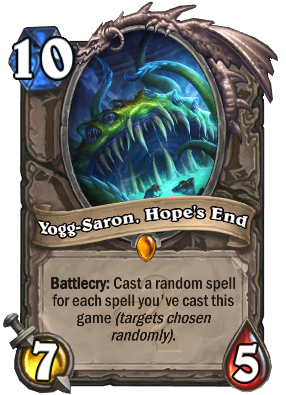
Adrenalin Timmies are all about randomness. They simply love it. Ideally each game is completely different from the previous one, and what accomplishes this better than playing cards with random effects? Every game poses new challenges.
There is a plethora of cards in Hearthstone which Adrenalin Timmies love. [card]Knife Juggler[/card], [card]Flamewaker[/card], [card]Babbling Book[/card], [card]Raven Idol[/card], [card]Silvermoon Portal[/card]: all will boost the experience Adrenalin Timmy’s having. However, if there’s one card that will attract this group of players, it’s [card]Yogg-Saron, Hope's End[/card]. Its effect is so wildly random that it’s almost guaranteed make a game unique, which is all Adrenalin Timmies want.
With all Hearthstone classes having access to random effects, Adrenalin Timmy can go in whatever direction he wants. However, one of the decks that will appeal to these players the most is Tempo Mage. [card]Primordial Glyph[/card]s, [card]Babbling Book[/card]s, [card]Flamewaker[/card]s and while at it why not throw in a Yogg-Saron for the final blow? It’s an RNG galore and Adrenalin Timmies crave exactly that.

The second profile is that of Johnny. Johnnies play card games to express themselves, and giving themselves a unique identity. They want the world to see them and acknowledge them for the crazy thing they’ve come up with, though it varies what exactly is being shown off. Building a deck is the most important aspect in card games by a mile for Johnnies; he wants the opponent to admire his deck building capabilities, and play decks no-one else is playing. To quote the revisited blog: “Your deck becomes an extension of yourself. When your deck wins, you win. When your deck gets complimented, you get complimented. It is this principle that drives Johnnies.”
Combo players
Combo Johnny is drawn to card games because of the interaction between cards, and the potential they might hold. This group of players will endlessly puzzle with different cards. They’re explorers, but unlike Diversity Timmies the Combo Johnny has a destination in mind: trying to find interactions that are just right for them.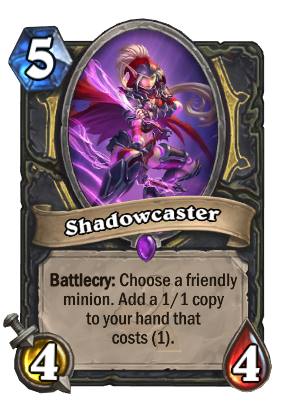
For Combo Johnnies, it’s all about the tricky cards they can build a deck around. [card]Mirage Caller[/card] and [card]Djinni of Zephyrs[/card] are such examples, but [card]Terrorscale Stalker[/card] and [card]Anub'ar Ambusher[/card] fit the shoe just as well. Even though they aren’t necessarily good cards, they all make one wonder: “What can I do with this?”
There are many examples of Johnny decks out there, but a more well-known example would be Dane’s Shadowcaster combo. The deck is built around endless interactions between [card]Brann Bronzebeard[/card] and [card]Shadowcaster[/card], continuously chipping away damage and building a board the opponent wants to answer, but simply can’t.
Offbeat designers
Offbeat designers are a lot like Combo Johnnies, but have one key difference. Whereas the latter looks for cards and interactions between them that have potential, Offbeat designers build their decks around ideas with potential: they are inventors.
Specific cards for Offbeat designers don’t really exist, as long as there are as many different types of cards as possible. The Offbeat designer had built a deck with only 1 copy of each card long before [card]Reno Jackson[/card] came around. He tries to make a spell-only deck work, or expresses himself by making a ‘0-attack minions only’ deck.
Deck Artists
The Deck artists build their deck to represent something about themselves. They don’t care too much about special interactions between cards or a mechanical theme throughout the deck, they want the deck to be a metaphor for something the opponent will recognize.
In the original blog Rosewater gives decks that embody things such as ‘elf culture’ or ‘The Empire Strikes Back’ as examples of what Deck artists might build. In Hearthstone, a derivative of the Warcraft universe, this could be a deck that resembles raids like Icecrown Citadel or Ulduar. Alternatively, a Deck arist could build a Horde-only deck to show his allegiance to a preferred faction.
Uber Johnnies
An Uber Johnny will set out to do something said to be undoable. He won’t accept any statement that dictates something can’t be done. Tell him that a [card]Worgen Greaser[/card] is horrible and deserves no place in the game, and Uber Johnny will set out to build a deck around it. They want to be acknowledged for achieving something others couldn’t: that’s why they’re playing the game.
When thinking of doing the undoable and bad cards, one might immediately think of decks with [card]Purify[/card] before Journey to Un’Goro came out. However, there is one other deck that may suit Uber Johnnies even better. Before it was changed in a patch, [card]Charge[/card] used to give minions the ability to attack Heroes immediately. YouTuber Rannt built a deck around [card]Magma Rager[/card], [card]Ice Rager[/card] and [card]Charge[/card], proving that even these almost-never-played cards could do great things.

The third and final psychographic profile has been given the name Spike. So why does Spike play? Mostly because he wants to show how well he can play the game, to prove something. He sees the game as a competition and gets his joy from winning. This of course includes professional Hearthstone players, but nearly everyone who actively tries to rank up each month will primarily be a Spike player. And even if you don’t actively rank up or play competitively, you can be a Spike, as long as winning is what makes the game fun for you. In terms of decks and cards, Spikes will play whatever is good at that moment, as long as it can win them games. It’s important to note that this can also include cards that attract Timmies and Johnnies.
Like Timmy and Johnny, Spike too has his subgroups. These specify exactly how a Spike might prefer to prove his abilities in the game. Interestingly, most professional Hearthstone players will recognize themselves in all four of them – at least a bit.
Innovators
Innovator Spike has the most in common with Johnnies, though the former prioritizes winning over being unique. This group of players is constantly actively looking for the new best deck and if they think they’ve found it, they want acknowledgement. Innovator Spike is proud of his ability to judge new cards and to immediately recognize what their best use will be.
In Hearthstone, Tempo Storm owner Andrey “Reynad” Yanyuk is a good example of an Innovator Spike. Besides being credited as ‘the creator of Zoolock’, he often plays new deck concepts trying to find a new, powerful archetype.
Tuners
Once Innovator Spike has done what he does best and found a new strong archetype, Tuner Spike will refine the list. By trial and error it’s determined which cards synergize the best with the archetype and have the highest likelihood of resulting in a victory.
It’s tough to find a well-known Hearthstone player who could easily be named a Tuner Spike. Not because the pros aren’t fine-tuning their list – they spend hours doing so – but mostly because they all participate in tournaments as well, which is Analyst Spike’s main domain. One of the better examples of a renowned tuner is Muzahidul "Muzzy" Islam, who is often credited for finding a deck's latest optimal build.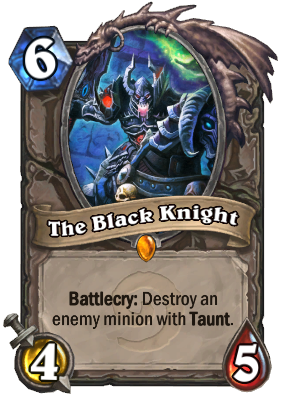
Analysts
Much like the previous group, Analyst Spikes also want to make their deck as strong as possible, but for a specific environment. This subgroup takes into account what everyone else is playing to come up with and what they think counters it. How this eventually works out differs per format: a Conquest tournament strategy differs from a Last Hero Standing tournament strategy.
If in Hearthstone the opponent’s line-up is likely to contain a lot of strong Taunt minions, Analyst Spike might just sneak [card]The Black Knight[/card] into his Hunter list. Hearthstone professionals group together with their practice partners prior to a tournament in order to find an optimal line-up, sharing their knowledge and experience.
Nuts & Bolts
The final subgroup of Spikes focuses on perfecting their own gameplay. He will endlessly review plays – think of what Adrian “Lifecoach” Koy used to do on stream before he switched to playing GWENT. If you follow card game pros on Twitter, some will tweet things like “Got defeated, but happy with my play” or “Played bad, deserved to lose” after being eliminated from a tournament. This is a Nuts & Bolts sharing his opinion.
There are Hearthstone pros who will tweet similar messages, but another group of Nuts & Bolts Spikes are the top Arena players. Since they have limited access to cards and cannot for certain know what an opponent’s deck contains, Arena players spend most of their time making sure they cannot be faulted for the result of the match. Octavian “Kripparian” Morosan and Rumay “Hafu” Wang, two of the most well-known Arena players, often mention how something was their fault, or how something absolutely wasn’t.

As stated earlier in the article, it’s likely for someone to identify with not just one of the psychographic profiles, let alone one of the subgroups. That’s why Rosewater, in his blogs, distinguishes the hybrids of all groups too. Continuing to follow his path, the same will be done in this next segment.
Timmy & Johnny
The hybrid of Timmy and Johnny wants to have a great experience while still expressing something in an innovative way. Someone who’s both a Timmy and a Johnny will create crazy formats to maximize the experience and show off deck building skill. Think of ‘1-drops only’ or ‘kill yourself as quickly as possible’ challenges. All of a sudden, [card]Pit Lord[/card] is an auto-include.
Timmy & Spike
If you’re a combination of Timmy and Spike, you want to win while experiencing something. On paper these two profiles might seem to oppose each other, but in practice there are some great examples of this hybrid. Because while most of the popular streamers attend to their audience by playing for fun, they definitely want to win too. Brian Kibler, Disguised Toast and Savjz are some examples. They end up playing decks that will rank them up in Hearthstone, but offer a different experience from what the average viewer might face when playing the game and coming across generic ladder decks. A card that's right up the Timmy/Spike alley would be [card]Ragnaros the Firelord[/card].
Johnny & Spike
Johnny wants uniqueness, Spike wants to win. Put them together and you get someone who wants to win in style. A Johnny/Spike player will go the extra mile of making sure a crazy deck is competitively viable. In Hearthstone, Rémi “Tars” Roesch is often someone playing crazy decks at DreamHack events. To this day the community still remembers his Summoning Stone Druid from DreamHack Austin 2016.
Timmy & Johnny & Spike
Some people want it all. They want to have fun in a crazy new way and still win consistently. Before you say “Who doesn’t want that?”, it is important to think about what you prioritize. As Rosewater states: “Most players that have a leaning towards all three profiles tend to lean more towards one or two than the other. But the triple-hybrid does exist and is the AB Negative of player profiles.”
So there we have it, Hearthstone through the eyes of Mark Rosewater’s psychographic profiles, their subgroups and hybrids. Perhaps after reading this you’ve confirmed your player type once more, or have a better idea of what group you belong to. Just for old time’s sake, let’s take a look at one more card. A card that sprouted the idea for this article.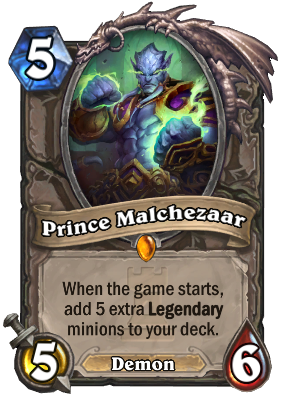
Upon its reveal, a lot of people were excited about the [card]Prince Malchezaar[/card] and its unprecedented effect. Despite numerous people stating how its effect would water down your deck, making its performance more inconsistent, the card was still likened to [card]Elise Starseeker[/card] – the card that gave control decks their push to finish the game. According to community polls run by Dan “Frodan” Chou, [card]Prince Malchezaar[/card] would even be One Night in Karazhan’s third best card. However, as it turned out, the card saw very little play in competitive decks. [card]Prince Malchezaar[/card] is a great example of a Timmy card, because it suits players who want to experience something. “Five random legendaries extra in your deck? Wow!,” thinks Timmy, “That’s bound to be great fun!”
Examples of Timmy cards can easily be found in all the card sets. Cards such as [card]Feugen[/card] and [card]Stalagg[/card] in Naxxramas, [card]Madder Bomber[/card] in Goblins vs Gnomes and [card]Hungry Dragon[/card] in Blackrock Mountain all give ample opportunity to provide a great experience. For Johnnies, The Grand Tournament had [card]Confuse[/card], League of Explorers had [card]Cursed Blade[/card] and Whispers of the Old Gods gave them [card]Embrace the Shadow[/card], to name a few. And last, but certainly not least, there are definitely enough cards that appeal to Spikes. These are the [card]Patches the Pirate[/card]s and [card]Azure Drake[/card]s in the game. Nothing that’s necessarily flashy or tricky but it’s just good.
So next time when an expansion comes out, don’t be too frustrated if you don’t like a couple of cards that are in the set: they probably weren’t made for you. Somewhere out there, those cards are making plenty of people happy, giving them exactly what they want.

